As the first biography of Jensen Huang published in Vietnam, NVIDIA - The Great Thinking Machine will satisfy many readers: those who love business biographies, NVIDIA fans, and those who want to learn about a series of concepts that are shaking up the technology world such as GPU (graphics processing unit), AI, artificial neural networks... without any background knowledge.
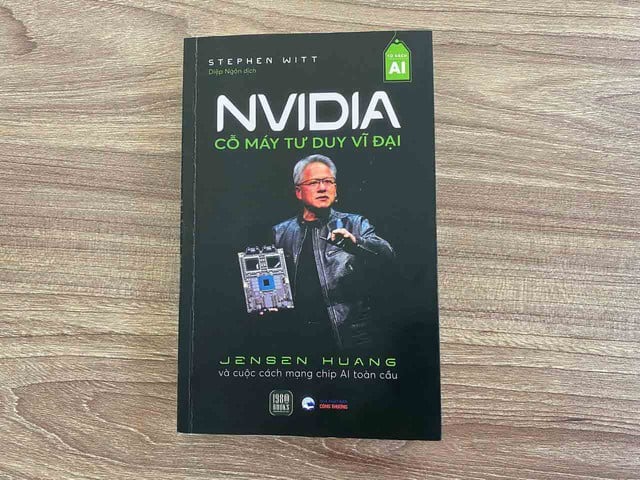
The book portrays Jensen Huang, CEO of NVIDIA
PHOTO: N.DUYEN
With an easy-to-understand writing style and skillful guidance, American author and journalist Stephen Witt gradually opens up the big picture of the relationship between GPU and AI, as well as the "miracle" that has turned a computer hardware company like NVIDIA into one of the largest capitalized businesses at the present time, on par with "giants" like Apple and Microsoft.
GPU - The Heart of the Technological Revolution
NVIDIA: The Great Thinking Machine opens with stories often seen in the biography genre, reviewing Jensen Huang's childhood from a boy born in Taiwan who had to immigrate to the US at an early age, struggling to adapt but quickly rising to become an excellent student and a talented engineer. Then comes the "legend" of the birth of NVIDIA with three founders, Jensen Huang, Chris Malachowsky and Curtis Priem at Denny's restaurant as the origin of it all.
Details about Jensen Huang's personality are included in a fitting way, thereby showing that the Taiwanese-born CEO is a somewhat traditional type of leader: workaholic, secretive about his personal life, ruthless with competitors, willing to criticize employees in front of the group to learn from experience, but always dynamic and sensitive to new trends.
The head of NVIDIA believes in the philosophy in the book The Innovator's Dilemma , willing to venture into niche markets that he calls "$0 billion markets", building the CUDA software ecosystem to serve "mad" scientists, poor researchers... until that business segment generates profits. He soon shaped NVIDIA into a culture of hard work, seriousness, employees must always wear formal clothes to the office, this is what makes NVIDIA very different from some technology companies in Silicon Valley and also different from normal gaming companies.
GPUs are a product born from the process of continuous research and improvement of the NVIDIA team. Initially only serving gamers, but with enormous computing power, GPUs were gradually refined for scientific research purposes and paved the way for breakthroughs in AI development - something that Jensen Huang and NVIDIA engineers could not have expected at first.
AI "Miracle"
The turning point for NVIDIA’s miraculous growth lies in the intersection of GPUs and AI. Alongside the main story about Jensen Huang and the NVIDIA team, half of the book’s content cleverly weaves in side stories about scientists and programmers searching for a new direction for artificial neural network research, which had been stagnant for decades due to a lack of suitable tools, and was looked down upon even within the AI community, until GPUs appeared and changed everything.
The author focuses specifically on the story of the trio Alex Krizhevsky, Ilya Sutskever (OpenAI co-founders) and professor Geoffrey Hinton (Nobel Prize in Physics 2024) using NVIDIA GPUs to build AlexNet - a neural network capable of recognizing images. A few years later, Sutskever witnessed the next leap when the OpenAI team successfully trained a language processing AI model called GPT. The product brought to ordinary users was the ChatGPT chatbot that "made waves" in 2022.
However, this also becomes a "double-edged sword" when the author is too absorbed in AI and ignores many other notable issues. For example, the global GPU "fever" and how NVIDIA deals with this phenomenon are rarely mentioned. Since the 2020s, GPU demand has skyrocketed under the influence of trends such as cryptocurrencies, the metaverse, and the disruption of global supply chains during the Covid-19 pandemic. However, under Stephen Witt's pen, NVIDIA seems to have a rather indifferent attitude towards this phenomenon (in fact, Jensen Huang still has to regularly speak up to reassure customers).
In addition, the author sometimes indulges in expressing "fear of AI", spending a lot of time exploring the views of NVIDIA CEO on this topic, although he has repeatedly affirmed that he is not afraid of AI surpassing humans. The comparison between Jensen Huang and Elon Musk is very forced and awkward, because the two work in different fields, while the part about AMD, NVIDIA's direct competitor, is vague and lacks emphasis.
Later efforts to surpass NVIDIA, such as the emergence of TPU processors, NPUs, or the Triton platform competing with CUDA, are not mentioned even though the book's content is updated until the end of 2024, leaving many pieces of the industry's overall picture missing.
Despite the aforementioned "flaws", the book is still worth reading thanks to the way Stephen Witt recounts Jensen Huang's journey in a lively, accessible style even for non-tech-savvy readers. Those who want to know about the process of a technology company quietly rising and being behind many of the products and applications we use every day - from games, movies to AI - will find many interesting things in NVIDIA - The Great Thinking Machine .
Source: https://thanhnien.vn/tu-nha-san-xuat-gpu-den-bo-nao-cua-ky-nguyen-ai-185250404230128072.htm





![[Photo] Looking back at the impressive moments of the Vietnamese rescue team in Myanmar](https://vstatic.vietnam.vn/vietnam/resource/IMAGE/2025/4/11/5623ca902a934e19b604c718265249d0)
![[Photo] "Beauties" participate in the parade rehearsal at Bien Hoa airport](https://vstatic.vietnam.vn/vietnam/resource/IMAGE/2025/4/11/155502af3384431e918de0e2e585d13a)


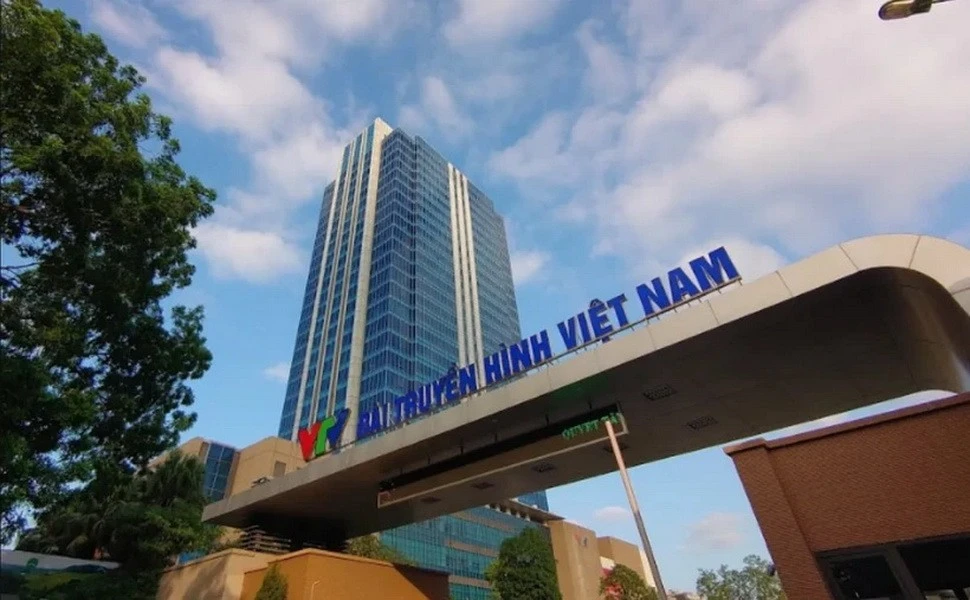






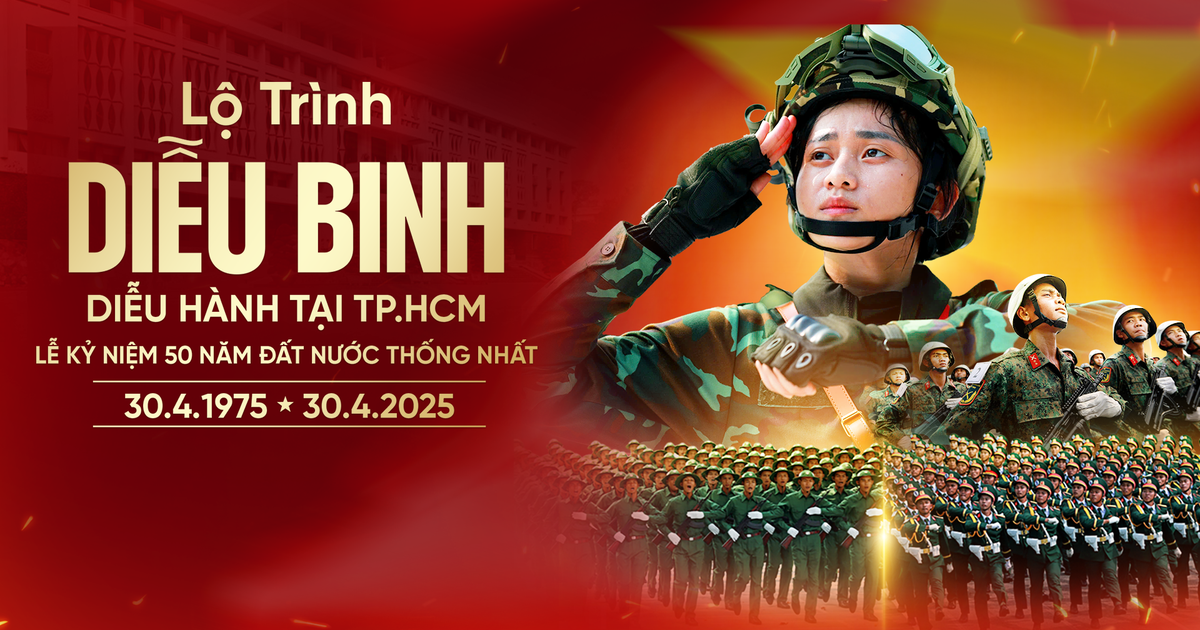






![[Photo] Summary of parade practice in preparation for the April 30th celebration](https://vstatic.vietnam.vn/vietnam/resource/IMAGE/2025/4/11/78cfee0f2cc045b387ff1a4362b5950f)














































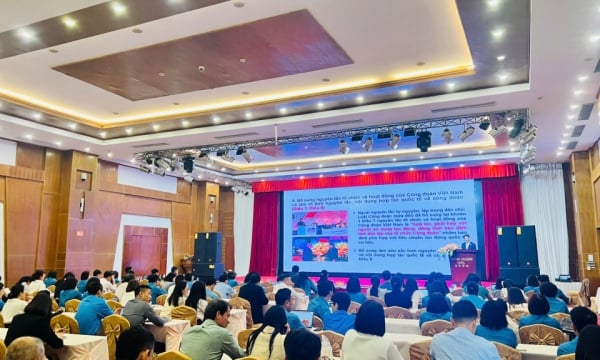


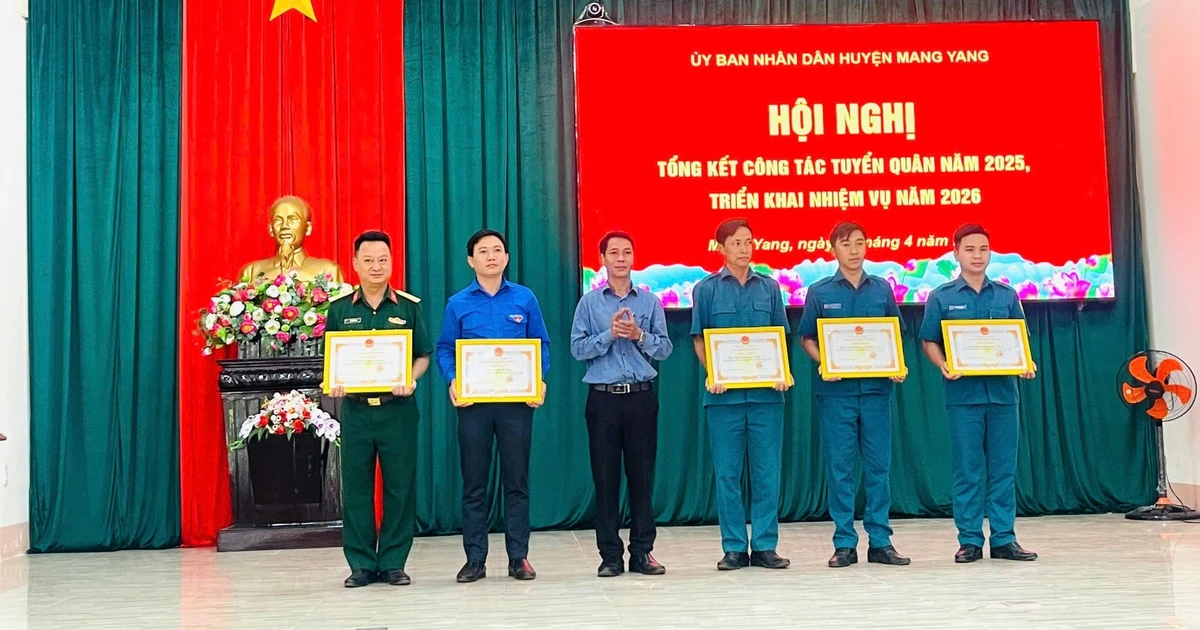












Comment (0)